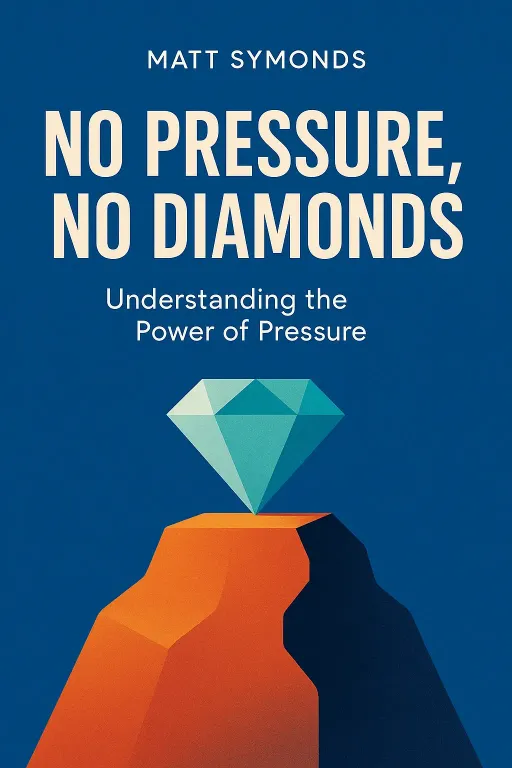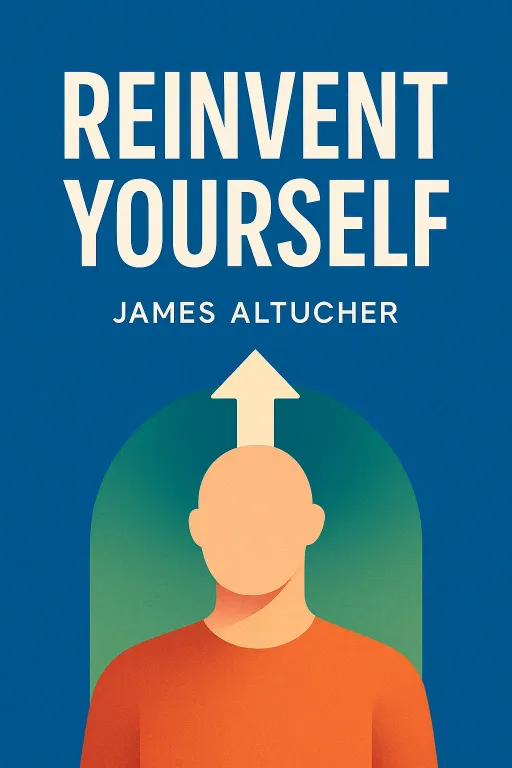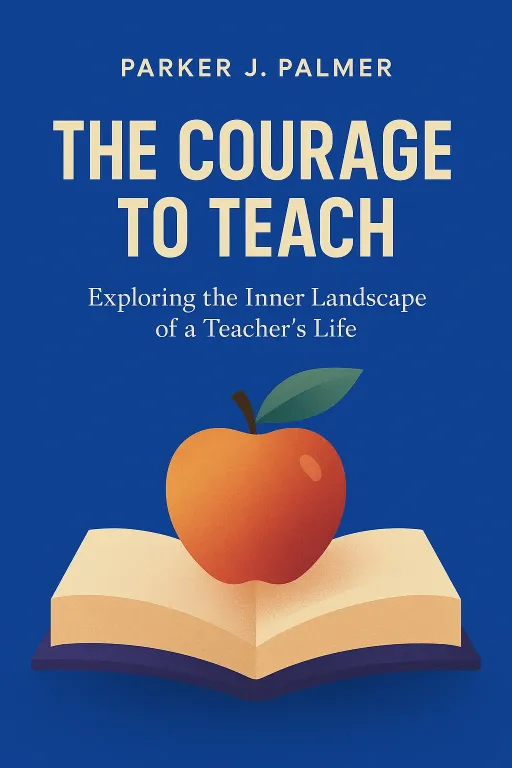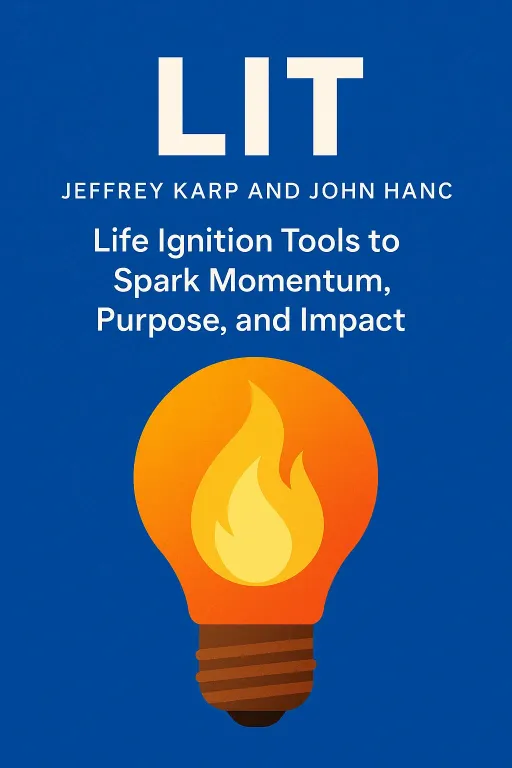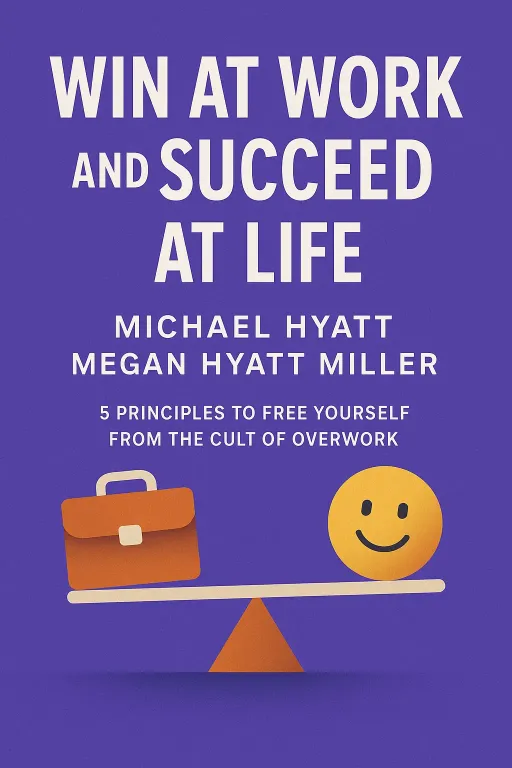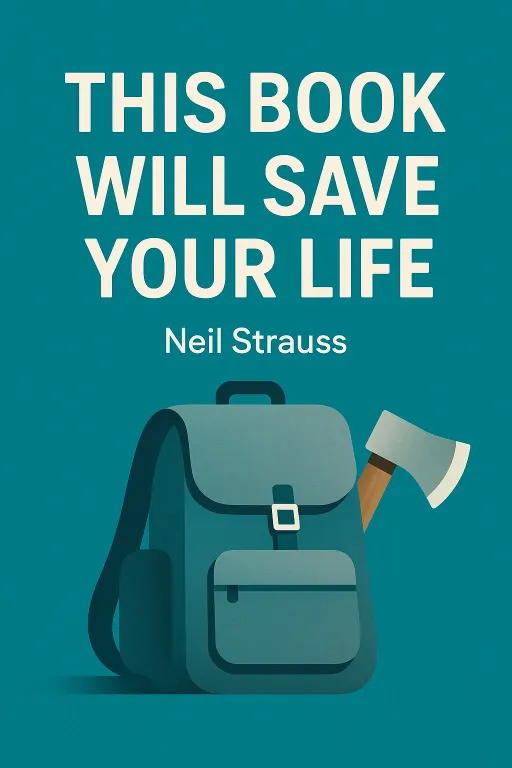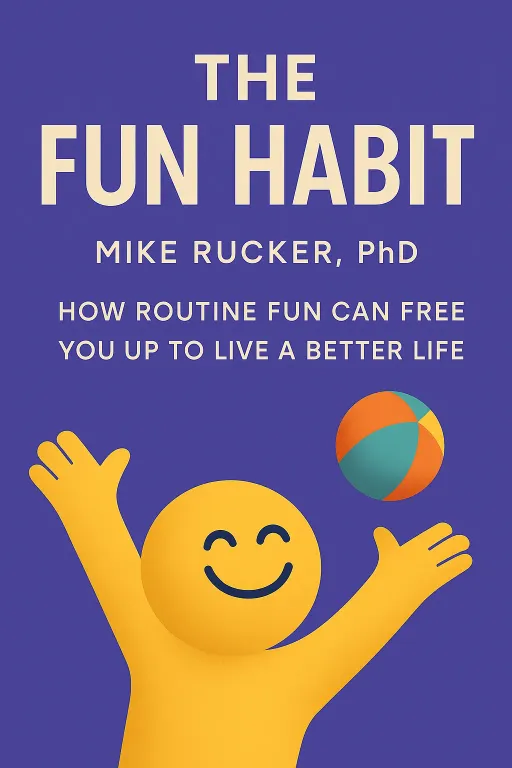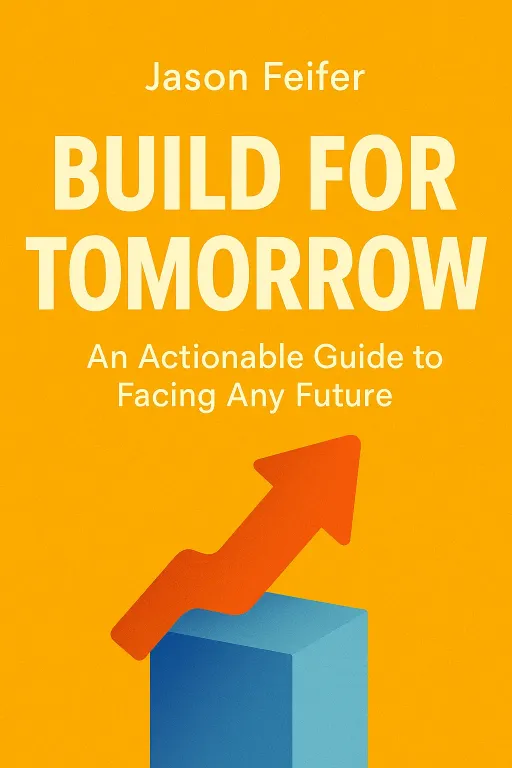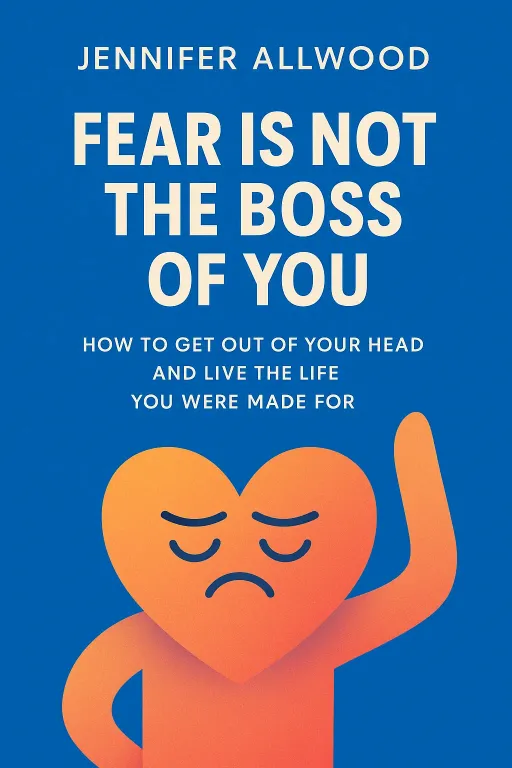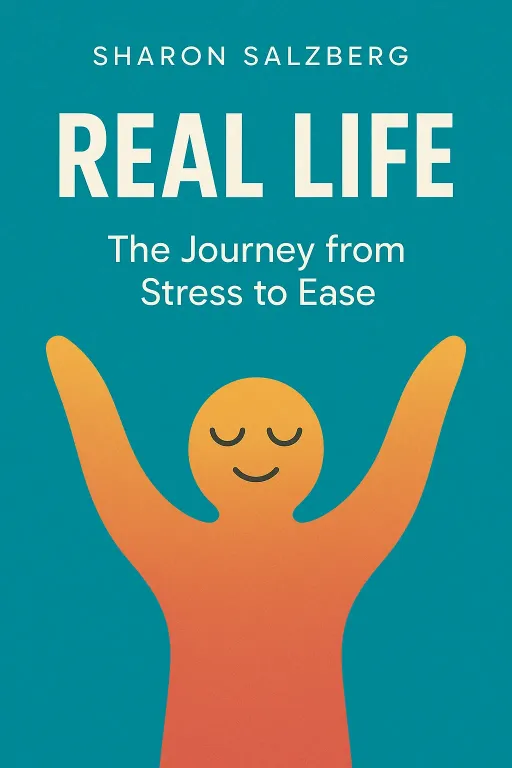
The Resilient Educator: From Personal Constriction to Professional Expansion
11 minGolden Hook & Introduction
SECTION
Socrates: Imagine nine dots arranged in a perfect three-by-three square. The challenge is simple: connect all nine dots using only four straight lines, without ever lifting your pen from the paper. It sounds easy, doesn't it? Yet, for decades, when this puzzle is presented, the vast majority of people fail. The question is, why?
C J: That's a fascinating starting point, Socrates. Because it immediately makes you question the hidden rules you're imposing on yourself. I can already see the parallels in how we approach problem-solving in both education and business.
Socrates: Exactly. And that's the core of our conversation today, inspired by Sharon Salzberg's profound book, "Real Life: The Journey from Stress to Ease." With us is C J, a seasoned education entrepreneur and an advisor at the Stanford Graduate School of Education, whose work is all about unlocking human potential. Welcome, C J.
C J: It's a pleasure to be here. This book really resonates with the challenges we face as leaders and mentors.
Socrates: I’m so glad. Because that puzzle, that feeling of being stuck, is a perfect metaphor for what Salzberg calls 'constriction'—a state of narrowness where we see few options. Today we'll dive deep into this from two powerful perspectives. First, we'll explore those invisible 'boxes' that limit our thinking and how to break out of them. Then, we'll discuss a radical approach to leadership during tough times: the art of being present, not just productive.
Deep Dive into Core Topic 1: Breaking the Box
SECTION
Socrates: So, C J, let's start there. This idea of the invisible box. In your world of fostering innovation in education, how often do you see brilliant people trapped by limitations that aren't even real?
C J: Oh, constantly. It's the default setting for many large systems. We see it in standardized testing that defines intelligence in one narrow way. We see it in entrepreneurs who get so fixated on their initial business plan that they miss a game-changing pivot right in front of them. We're trained to connect the dots within the given square, but innovation almost always happens outside of it.
Socrates: That is the perfect setup for a story Salzberg shares. It involves Jon Kabat-Zinn, a pioneer in mindfulness. He was leading a stress-reduction program and presented this exact nine-dot puzzle to a class of thirty highly intelligent people. He drew the square of dots on a blackboard and laid out the rules: four straight lines, don't lift the chalk.
C J: I can just imagine the energy in that room.
Socrates: Precisely. One by one, all thirty participants went up to the board. They tried every conceivable pattern the square. Zig-zags, diagonals, star shapes. And one by one, they all failed. Salzberg writes that the room was "vibrating with stress." People were getting frustrated, feeling foolish. They were completely constricted by an assumption.
C J: The assumption being that the lines had to stay within the perimeter of the dots.
Socrates: Exactly. A rule that was never stated. Finally, after everyone had failed, Jon Kabat-Zinn calmly picked up the chalk. And with what Salzberg calls "great sweeping strokes," he solved it. His first line started well before the top-left dot and extended far beyond the top-right. The other lines did the same, extending past the imaginary boundary of the square. The solution was literally outside the box they had all mentally created.
C J: That's such a powerful illustration. It’s the core challenge of true learning and leadership. We often present students or teams with a set of 'dots'—facts, data, project parameters—and implicitly, or explicitly, reward them for neatly connecting them within the expected framework. We call it 'mastery.' But we rarely teach, or even permit, the kind of thinking that draws those 'great sweeping strokes' outside the lines.
Socrates: So how do you foster that? As an educator, as an investor, how do you encourage someone to see the space outside the square?
C J: It starts with questioning assumptions. You have to create an environment where the question "What if the box isn't real?" is not only safe but celebrated. In a startup, it's asking, "What if our customer isn't who we think they are?" In a classroom, it's "What if the answer isn't in the textbook?" It's about shifting the goal from finding the 'right' answer to exploring the most interesting question. That's where you move from constriction to what Salzberg calls expansion.
Socrates: And that expansion, that willingness to venture into the unknown, is where creativity lives. But it's not always a joyful 'aha!' moment. Often, the need to break out of the box is born from crisis, from failure, from deep and difficult feelings.
C J: Absolutely. When the old way of connecting the dots simply doesn't work anymore.
Socrates: And that leads us to a critical question for any leader: what is your role when your team, your students, or even you yourself are in that state of constriction—not from a puzzle, but from real-world fear, grief, or overwhelm?
Deep Dive into Core Topic 2: The Ministry of Presence
SECTION
C J: This is the question that keeps leaders up at night. The pressure to have a solution, to fix it, is immense.
Socrates: It is. And Salzberg offers a beautifully counterintuitive answer through another story. This one is about a woman named Kate Braestrup, a chaplain for the Maine Warden Service. She's called to the scene of a crisis: a six-year-old girl is lost in the woods. The parents are, as you can imagine, beside themselves with terror and anxiety.
C J: I can't even fathom.
Socrates: When Kate arrives, the mother sees her and says with immense relief, "Oh, thank God you're here to keep us from freaking out." It's what we all expect, right? The expert is here to calm the situation, to manage the emotions.
C J: Yes, to restore order. To fix the feeling.
Socrates: But Kate's response is where the lesson lies. She looks at this distraught mother and says, gently, "I’m not really here to keep you from freaking out. I’m here to be with you you freak out."
C J: Wow. Just hearing that... it lands with such weight. It completely reframes the purpose of leadership in a crisis.
Socrates: Unpack that. What does that shift mean to you, as a leader?
C J: It hits hard because our entire training, especially in entrepreneurial circles, is about being the problem-solver. You see a fire, you put it out. You see a team member struggling, you give them a three-step plan. We have this deep-seated belief that our value lies in our ability to fix things. But Braestrup's response suggests a more profound, and frankly more difficult, role: to simply be a non-anxious, steady presence. It's not about providing a solution; it's about providing a safe container for the difficulty to exist without causing a total collapse.
Socrates: Salzberg connects this to the psychological concept of the "window of tolerance"—our capacity to handle emotional distress. When we're pushed outside it, we either become hyper-aroused, which is 'freaking out,' or hypo-aroused, which is shutting down and going numb. What Kate the chaplain is doing is, in a sense, using her own regulated presence to help widen the parents' window of tolerance, just enough for them to endure the unbearable.
C J: Exactly. And that is a transferable skill. Think of a teacher dealing with a student who is having a meltdown. The instinct is to say "Calm down!" which never works. The 'ministry of presence' approach is to get down on their level and say, "This is a really big feeling. I'm right here with you." Or a CEO with a team that just lost a major client. Rushing to a solution might ignore the very real feelings of disappointment and fear. Sitting with the team and acknowledging the difficulty first—being with them they freak out, even just a little—builds trust and resilience in a way that a quick fix never could.
Socrates: So the practice isn't about eliminating the 'bad' feelings, but about changing our relationship to them. It's the "Allow" and "Nurture" steps in the RAIN technique the book mentions. You Recognize the feeling, you Allow it to be there, you Investigate it with curiosity, and you Nurture yourself with compassion.
C J: It's a profound shift from control to compassion. And it requires the leader to have done their own work. You can't be a steady presence for others if you're constantly being knocked out of your own window of tolerance. It all comes back to cultivating that inner spaciousness for yourself first.
Synthesis & Takeaways
SECTION
Socrates: It seems we've landed on two deeply connected ideas from "Real Life." First, having the courage and mindset to draw lines outside the imaginary boxes that constrict us. And second, having the compassion and fortitude to be present with the messy, difficult feelings that arise for ourselves and others when we're in those narrow places.
C J: They are two sides of the same coin. The first is about intellectual and creative freedom. The second is about emotional and relational freedom. You can't truly have one without the other. An innovative organization needs both: people who can think outside the box, and leaders who can create the psychological safety for them to do so, especially when things go wrong.
Socrates: So, as we close, if you were to distill this into a guiding thought for the educators, entrepreneurs, and leaders listening, what would it be?
C J: It makes me think we need to change the fundamental questions we ask. As leaders, perhaps the most important question isn't "How do we solve this problem?" but "What unstated assumption is keeping us in this box?" And when we're supporting our teams, maybe the question isn't "How can I fix this for you?" but simply, "I'm here with you in this. What do you need?" I believe that subtle shift in questioning, from fixing to presence, from answers to assumptions, could change everything. It's the real work of building a resilient, expansive, and truly human organization.
Socrates: A powerful and practical place to end. C J, thank you for bringing your wisdom to this conversation.
C J: Thank you, Socrates. It was a real pleasure.
